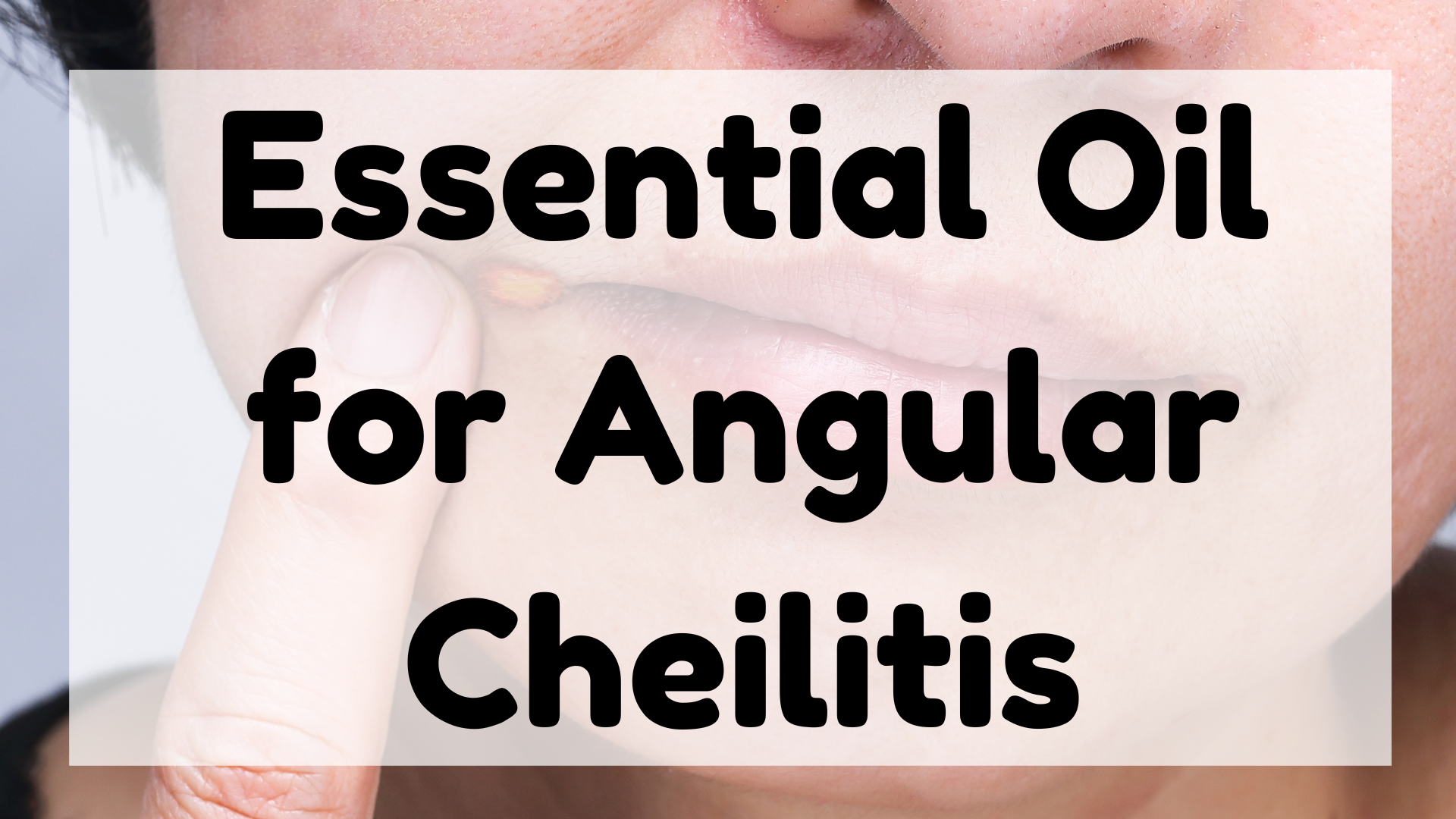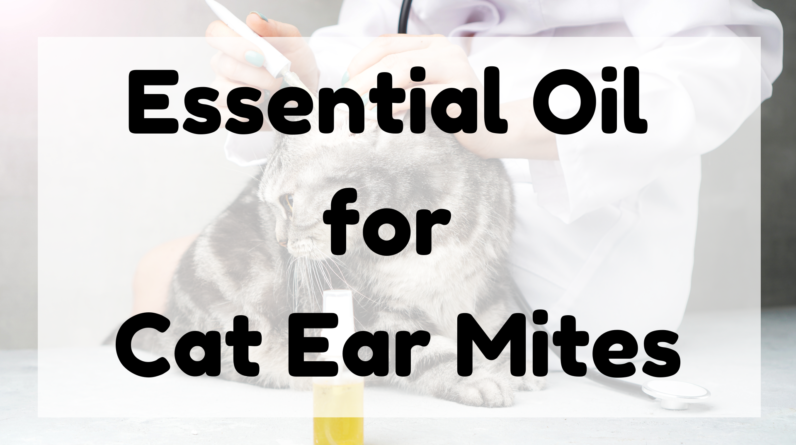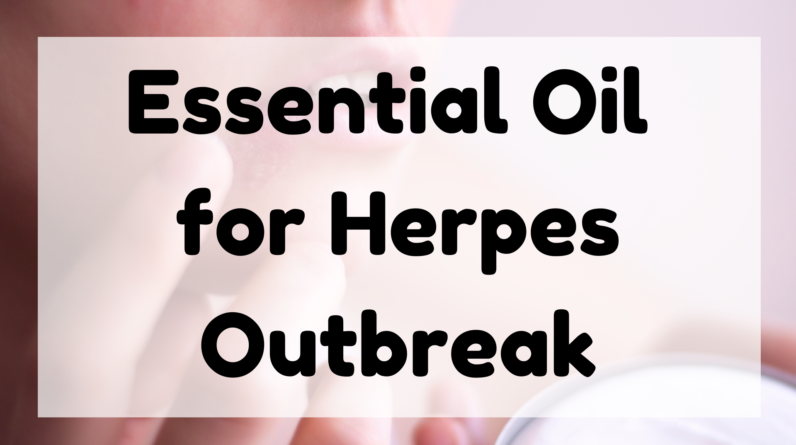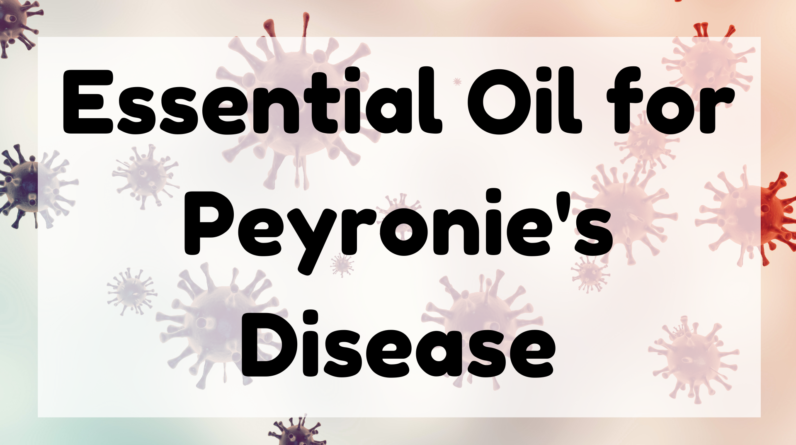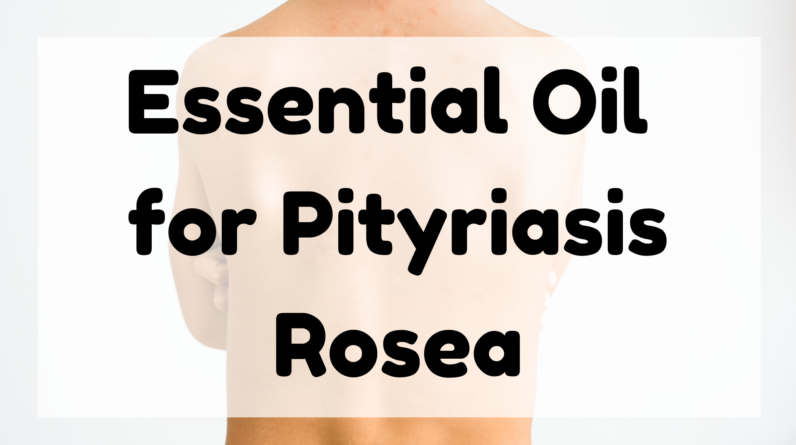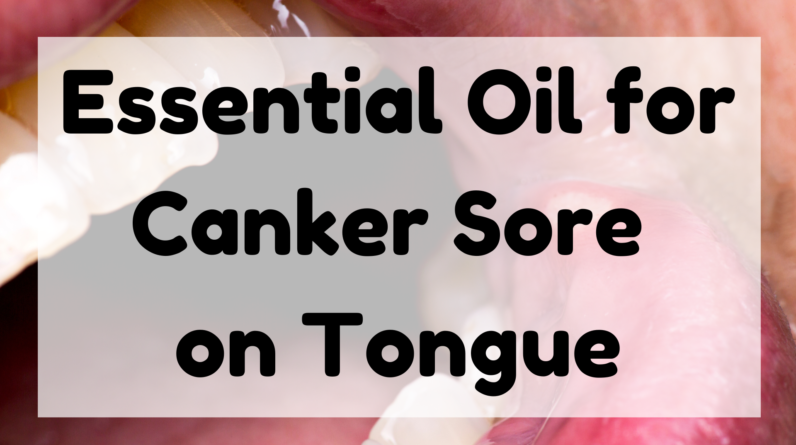Jump Ahead to:
Essential Oil For Angular Cheilitis
If you’re looking for an Essential Oil for Angular Cheilitis, you’ve come to the right place.
In this article, you’ll learn what essential oils are and what they do, what causes angular cheilitis, and how to find the best oil to use.
The following is a quick guide to Essential Oils for Angular Cheilitis.
Read on to learn more!
What are Essential Oils
Honey has been used for centuries as a remedy for angular cheilitis.
It has antibacterial and healing properties, making it a great natural remedy for angular cheilitis.
It also contains polyphenols and tannins that inhibit fungi from multiplying and spreading.
Besides honey, you can also try other natural remedies for angular cheilitis, including beeswax and olive oil.
Symptoms of angular cheilitis include redness and swelling around the mouth corner.
Moreover, the lips are often dry and cracked.
These symptoms are common for people who experience angular cheilitis and can even cause a sour taste and a burning sensation.
People suffering from angular cheilitis may have trouble eating, and the condition may worsen if the sores become infected.
Another home remedy for angular cheilitis is the application of tea tree oil.
Tea tree oil has powerful antifungal properties and can be applied directly to the skin.
It is important, however, to dilute the oil with a carrier oil.
The concentration of tea tree oil may cause skin irritation.
However, tea tree oil has been used for a long time as a remedy for skin disorders.
Tea tree oil contains terpinene-4-ol, which combats fungal populations.
It also reduces the burning sensation and inflammation.
If you’re looking for a natural remedy for angular cheilitis, you’re probably wondering how to use essential oils for angular cheilitis.
Fortunately, there are a few natural remedies that can help you relieve the symptoms and get rid of angular cheilitis quickly without side effects.
These remedies don’t cure you overnight, but they will certainly improve your life.
Aloe vera gel and castor oil are two natural remedies for angular cheilitis.
Both essential oils have anti-fungal, antiseptic, and cooling properties, and they help heal wounds.
Aside from tea tree oil, you can also use olive oil, a staple in the Mediterranean diet.
The rich antioxidant content of olive oil can protect your skin from drying.
Properties of Essential Oils
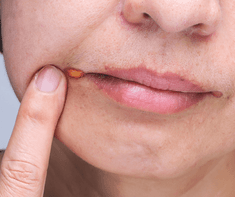
Essential oils are used in various remedies for various ailments, including angular cheilitis.
Tea tree oil, chamomile, and olive oil have a range of beneficial properties and can be used topically to treat the condition.
Tea tree oil is very effective for the skin around the mouth, as it contains flavonoids and chlorogenic acids, which have antibacterial and antifungal properties.
Angular cheilitis is a common skin condition, and the symptoms can be very painful and embarrassing.
The symptoms of this condition include itchy, crust-like patches around the corner of the mouth.
Sometimes, they are accompanied by bleeding blisters.
The skin also becomes dry and chapped, which causes a nasty taste and an uncomfortable burning sensation.
People with angular cheilitis are more likely to have diabetes because the yeast fungi feed on blood sugar.
Lemongrass oil is an effective treatment for angular cheilitis.
Lemongrass oil contains alkali and acidic compounds that may help prevent the development of pathogenic organisms.
Lemongrass oil vapor is soothing, removing infection toxins and killing pathogens.
The symptoms of angular cheilitis include inflammation, redness, cracks, and fissures.
It may also be caused by saliva buildup on the lips.
Excess saliva increases the risk of infection with fungi, and it is essential to avoid these factors as they increase the fungus population.
Some of the most common factors that increase the risk of angular cheilitis are smoking, having sensitive skin, and frequent use of antibiotics.
Cause of Angular Cheilitis
The most common cause of angular cheilitis is an infection, usually bacterial, but occasionally fungi can also be the cause.
Patients with diabetes and immunocompromised states are more likely to develop the condition.
In some cases, the condition can be associated with enlarged lips, such as in a drooling patient.
In rare cases, malignancy or nutritional deficiencies can also be the cause.
If left untreated, angular cheilitis can progress to impetigo or candidiasis.
The corners of the mouth are often dry and cracked.
Bacteria and fungi can get into the cracks and cause infection.
Some children also have the disease if they constantly sucking on a pacifier or thumb.
Angular cheilitis can be caused by a range of other illnesses, such as a compromised immune system, low iron levels, or nutritional deficiencies.
Symptoms of this condition are easily detectable, and treatments are available for angular cheilitis.
Candida albicans is the most common cause of angular cheilitis.
This type of candida is found in 40% to 60% of people with healthy oral flora.
Infections with Candida are more common in people who do not practice proper oral hygiene or when they have dentures.
Potassium iodide staining is often used to differentiate candida from innocent bystander yeast.
The underlying infectious causes of angular cheilitis are often microorganisms, including Candida species, Staphylococcal aureus, and beta-hemolytic streptococcus.
Some cases will resolve independently, but others will require additional treatment.
The most common treatment is denture replacement for elderly people with missing teeth.
Ensure that the dentures are the right size and shape and provide instructions for proper oral hygiene.
Symptoms of angular cheilitis include pain, soreness, crusting, bleeding, or ulceration.
Some patients experience alternating remissions.
In chronic cases, angular cheilitis may require recurring visits to the dentist.
Treatment for the condition involves antifungal therapy and topical medications.
Treatment consists of addressing the contributing factors.
If you suspect a fungal infection, it is important to consult a medical professional as soon as possible.
Best Essential Oil for Angular Cheilitis
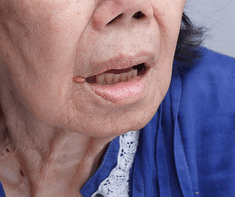
There are many natural treatments for angular cheilitis.
You may have heard about tea tree oil and its potential to relieve the pain of this condition.
This tea has antioxidants and chlorogenic acids that can soothe and prevent inflammation.
It also has a soothing effect on the digestive tract, which may be one of the causes of angular cheilitis.
But did you know there is also another essential oil that may help you get relief from your condition?
Tea tree oil has been used for many years for its antimicrobial and antibacterial properties.
However, it is not considered a cure for angular cheilitis.
Although it can reduce the symptoms of the disease, it won’t cure it overnight.
While natural remedies for angular cheilitis don’t eliminate it, they can help it go away.
What’s better, essential oils don’t produce any unwanted side effects.
If you have cracked mouth corners, lemon juice can help.
Apply the juice to the area and wait for one to two minutes before rinsing it off.
The Earth Clinic suggests using castor oil to minimize inflammation and reduce the number of painful symptoms.
Castor oil is an excellent anti-inflammatory and anti-bacterial agent, so it’s a great choice for reducing pain and inflammation.
Another oil that can help reduce the symptoms of angular cheilitis is tea tree oil.
You can dilute it with a carrier oil to prevent skin irritation.
However, you should always dilute tea tree oil if you apply it directly to the affected area.
While tea tree oil has antifungal properties, lavender is a good anti-inflammatory and can reduce the swelling and itchiness of the affected area.
Using coconut oil to soothe irritated skin is another natural remedy for angular cheilitis.
Unlike tea tree oil, coconut oil is safe for the lips and may contain other beneficial compounds.
Aloe vera is known to be soothing to the skin and has natural antifungal and antibacterial properties.
It’s best to apply the gel to the infected area cold and leave it on for 20-30 minutes.
NEXT Essential Oil for Ovulation Pain
Legal and Medical Disclaimer
Information provided on the site is for educational purposes only, and does not substitute for professional medical advice.
You MUST consult a medical professional or healthcare provider if seeking medical advice, diagnoses, or treatment.
We do not provide any medical advise.


